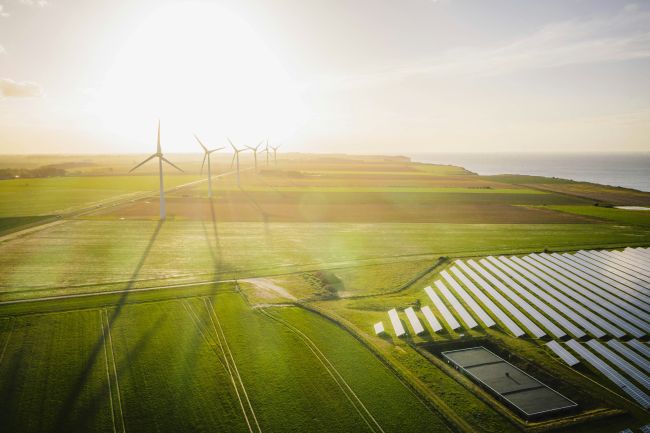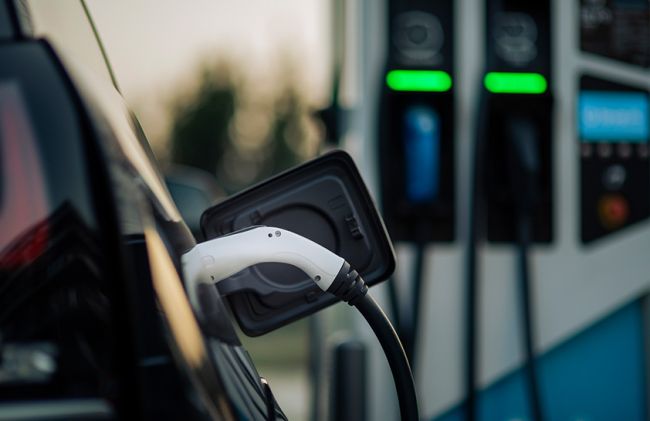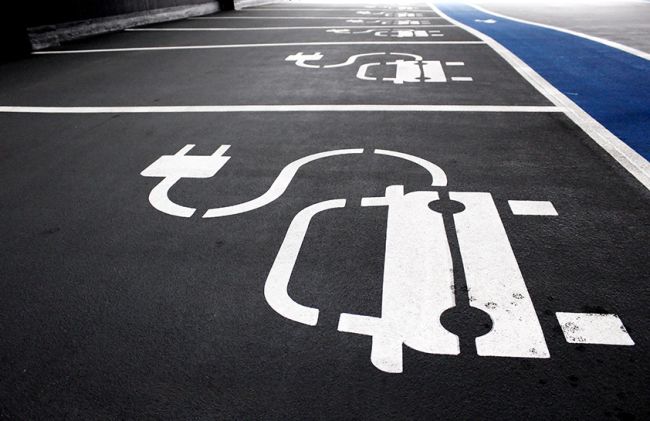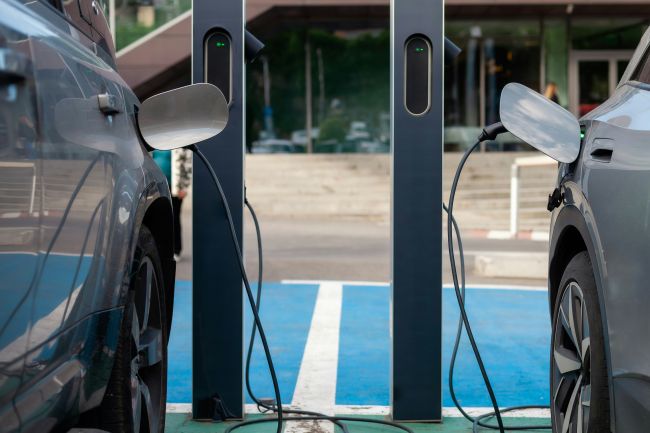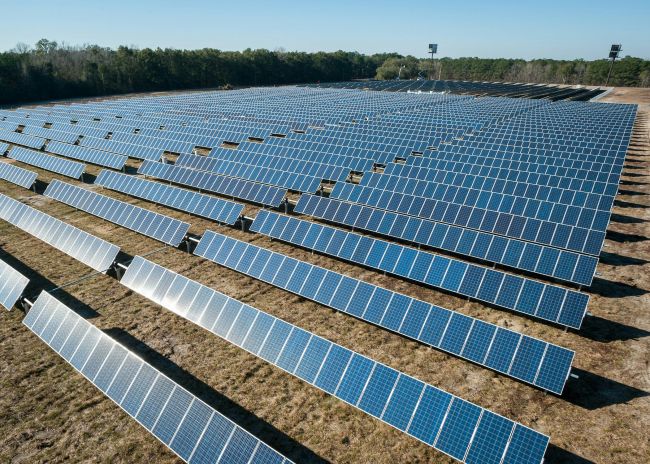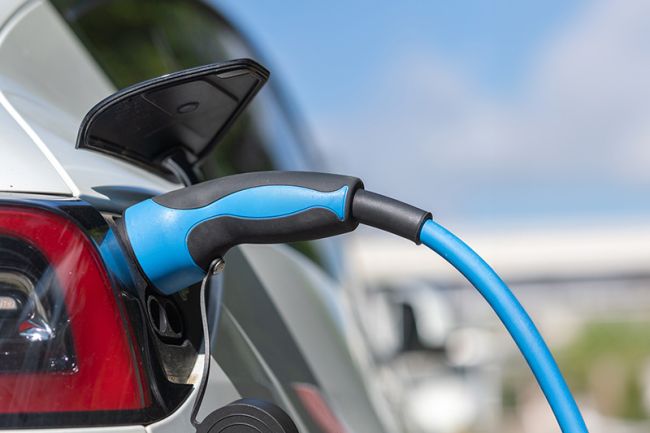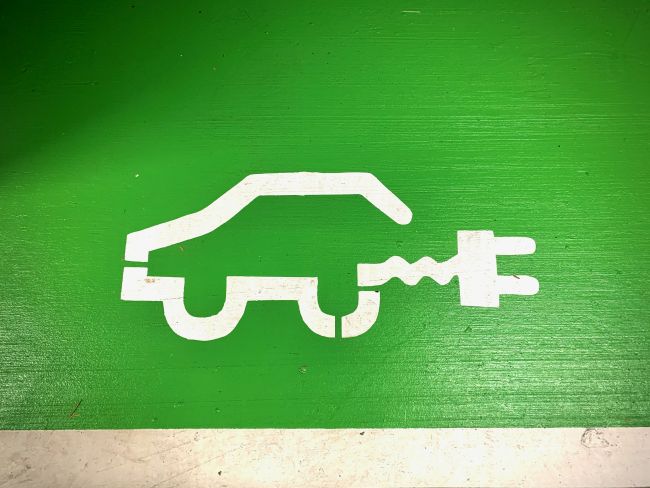Distributed heat networks: UKIB and Ofgem become part of a renewable low-carbon heat future
In legislative and funding terms, plans were already well underway for DHN in the UK prior to these developments.

The UK Government’s approach to decarbonisation may be cooling as it delays its gas boiler ban to 2035, but in some quarters, moves towards low-emission space heating are warming up.
The Energy Act received royal assent at the end of last month, expanding the power of the Ofgem to regulate Distributed Heat Networks (DHN), a system in which water is centrally heated before being delivered to homes using a pipe network via a hydraulic brake or heat interface unit (HIU).
The UK Infrastructure Bank (UKIB) has likewise placed a renewed focus on heat networks in their updated strategy released in September. UKIB identified DHN as one of its seven focus areas and is offering advisory support and funding opportunities to zonal projects which are either public sector-led, private or a partnership ahead of zoning legislation, which is yet to be finalised.
The Department for Energy Security and Net Zero (DESNZ) have assessed that monetised benefits from DHN for consumers could amount to £847.7 million and a further £20.8 million in savings through improved bill transparency which will drive energy consumption reduction. DESNZ also said that non-monetised benefits could prove extensive. These comprise reduced costs and savings through extra rights and powers to develop and manage heat networks, including improved rights to lay pipes under roads, increased ability for the regulator to challenge unfair pricing and social benefits for vulnerable customers.
Further to this, the recently released National Infrastructure Commission (NIC) report also called for the same level of subsidy to be made available for DHN as heat pumps (currently around £7,000 per household), placing the technologies effectively on an equal footing.
These institutional-level advancements are hopeful signs for the industry, but a secure financial future will still require work.
What potential does the UK have for distributed heat network?
In legislative and funding terms, plans were already well underway for DHN in the UK prior to these developments.
In the Northeast, Gateshead council uses a DHN run on geothermally heated water from abandoned mine shafts to heat local homes, while in Yorkshire, almost 2000 homes are connected to Leeds Pipes, which burns waste to power its DHN.
More opportunities abound with a wealth of local authorities exploring their recoverable heat options with no shortage of data centres and disused coal mines across the nation to choose from. A report by KPMG and Thames Water at the start of this year found that as much as 20% of London homes could be heated using sewers and wastewater treatment plants, with a similar heat recovery from wastewater system is already in use in Galashiels in the Scottish Borders.
Despite this there are certain cultural attitudes amongst the UK population which may see citizens balking at losing their gas boilers. European nations which benefit from DHN are (broadly speaking) either the famously civic-minded Scandinavian countries or the Baltic states, which (whether by choice or not) have a legacy of communal architecture and infrastructure. DHN, which would move heat into the same category as electricity and water pressure in terms of centralised control, may prove a difficult sell to the electorate.
Another hurdle is the familiar and ever-present issue of cost. Whilst place-based DHN investment is cost-effective versus alternatives, moving homes from the century-old gas grid will be extremely capital intensive and require a number of complex new funding structures which are not yet fully fleshed out.
The UK Government projects that the sector has £60 – 80 billion of investment potential by 2050, but how to unlock this investment is a different question entirely.
Barriers to a district heat network future and how Amberside can help
The Gateshead DHN is entirely funded by the local council, a model which is not suitable for all (or even most) cash-strapped local authorities in the UK, especially given the increased cost of borrowing.
Amberside is already operating in this space and is part of a consortium (led by Triple Point) which promotes and provides government funding for heat network projects from the £300m+ Green Heat Network Fund (GHNF). With the team, we have also established a dynamic procurement tool, BHIVE, which provides a route for project sponsors to access commercialisation support and construction financing.
In the long run, the financial viability of DHN will rely on their ability to establish a standardised investment model that will attract institutional capital into infrastructure for utilities and the public good.
As well as applying our core strengths in financial modelling and investment appraisals to help clients with the cost-benefit analysis of DHNs, we are also using our decades of expertise to structure the right frameworks and contracts that will allow capital to flow towards DHN, ensuring their long-term success.
If you’d like to know more about Amberside’s pioneering work in the Energy Transition, contact Mark Easter.





